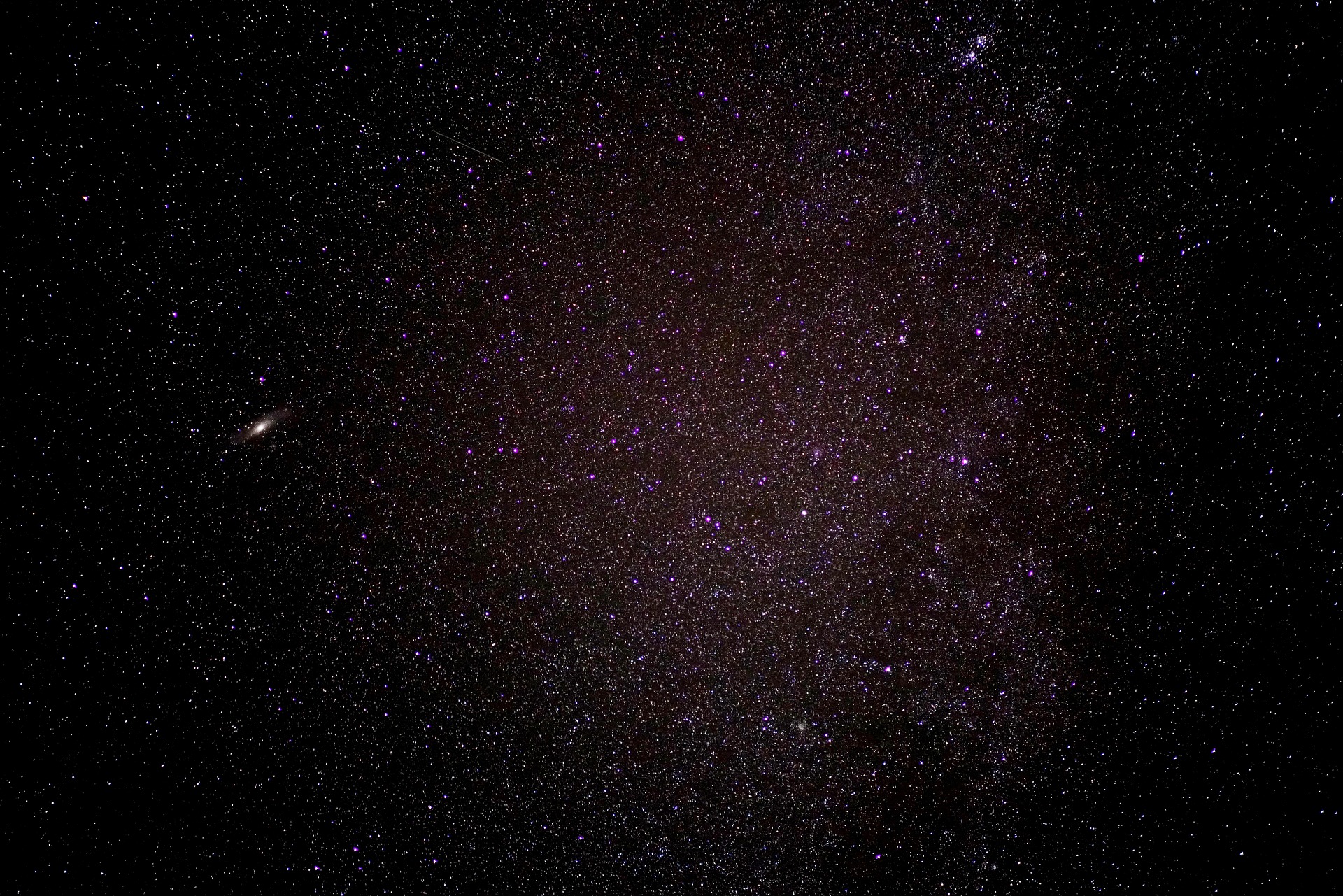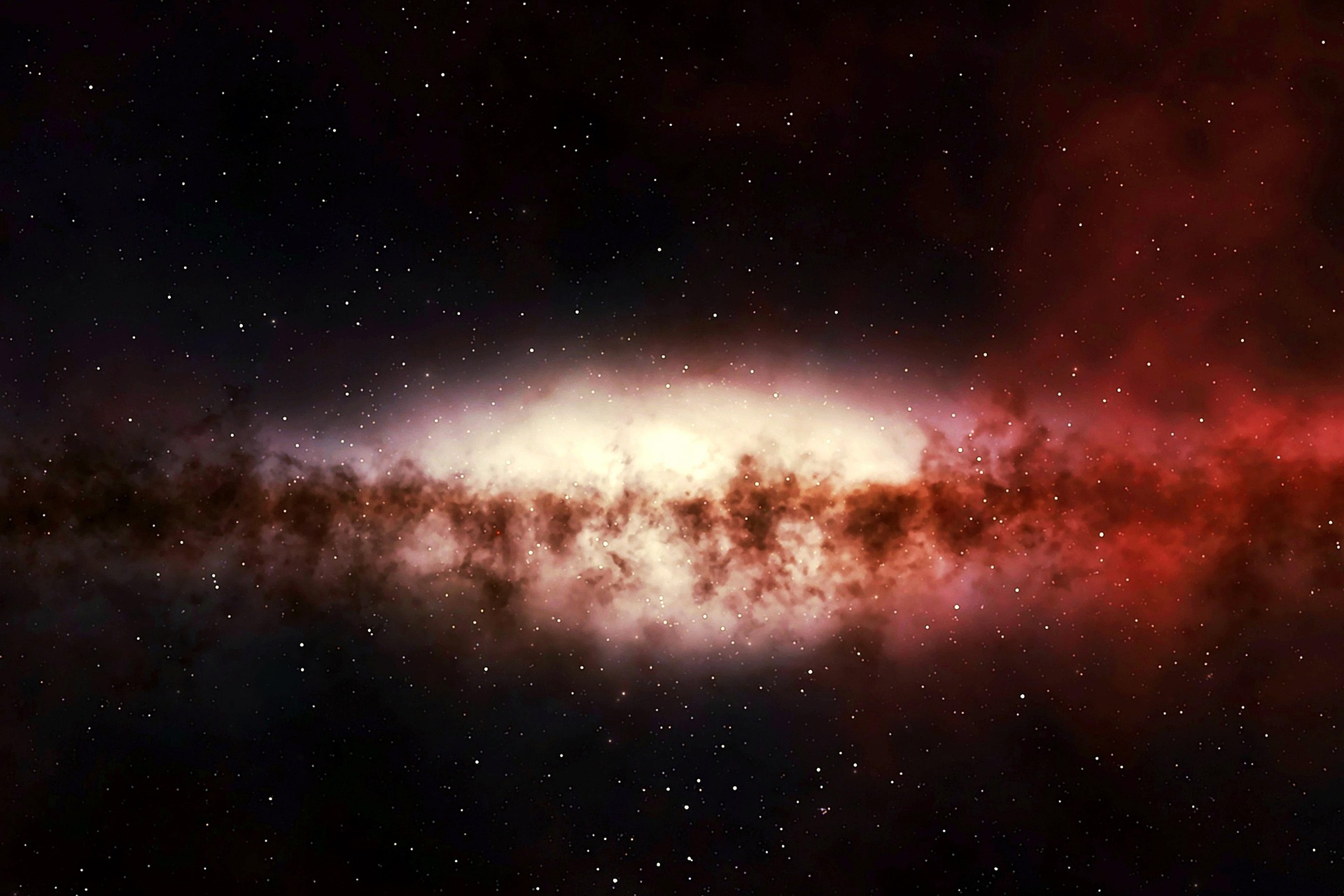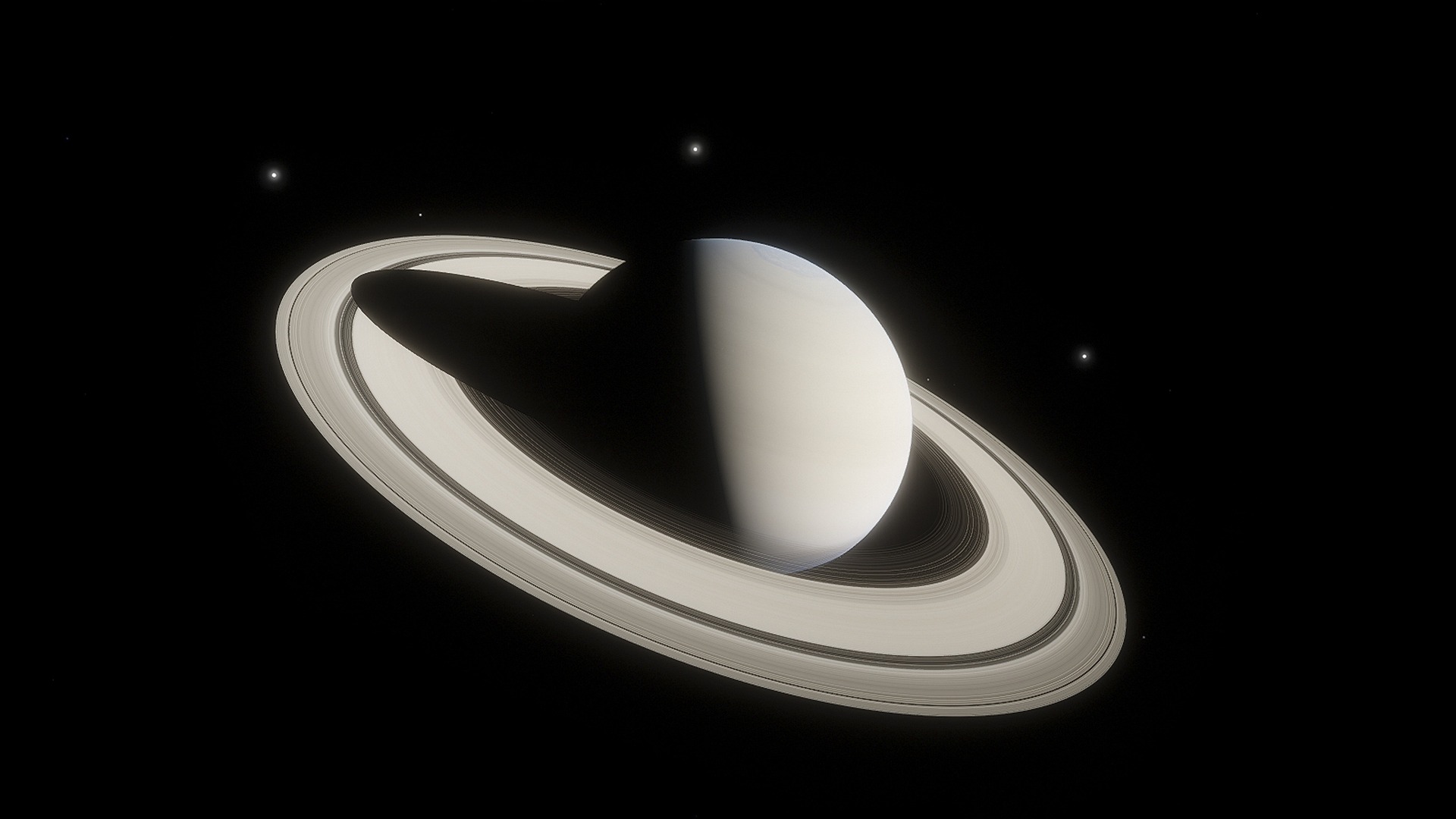NASA’s SPHEREx (Spectro-Photometer for the History of the Universe, Epoch of Reionization, and Ices Explorer) mission, launched on March 11, 2025, is set to revolutionize our understanding of the cosmos. Aboard a SpaceX Falcon 9 rocket, SPHEREx will embark on a two-year journey to survey the entire sky in near-infrared light, with the ambitious goal of creating a comprehensive 3D map of the universe. This $488 million mission will observe more than 450 million galaxies and over 100 million stars in our Milky Way, offering a panoramic view of the universe’s structure and evolution.
Exploring the theory of cosmic inflation
One of SPHEREx’s key scientific objectives is to investigate the theory of cosmic inflation, which suggests that the universe expanded exponentially in the moments following the Big Bang. By studying the distribution of galaxies and their redshifts (the shift in light due to the expansion of the universe), SPHEREx hopes to uncover clues about the rapid expansion that shaped the early universe. The mission’s data will complement that of other major observatories, such as the James Webb Space Telescope and the upcoming Nancy Grace Roman Space Telescope, providing a broader perspective on the cosmos and offering a fuller understanding of our universe’s origins.
Looking for life’s building blocks
In addition to its cosmological exploration, SPHEREx will focus on the search for water and organic molecules within the Milky Way. These compounds are key to life as we know it, and detecting them in molecular clouds—regions of gas and dust where new stars and planetary systems form—could provide essential clues about the potential for life beyond Earth. By identifying these organic molecules and water in the interstellar medium, SPHEREx aims to shed light on the origins of life and explore the possibility of life elsewhere in the universe.
Cutting-edge technology for groundbreaking discoveries
The SPHEREx observatory is equipped with a state-of-the-art spectrophotometer capable of observing the sky in 102 different infrared wavelengths, wavelengths invisible to the human eye. This technology allows scientists to study cosmic phenomena with unprecedented detail, revealing insights into areas of the universe that have previously been obscured. To ensure that the mission’s sensitive instruments function with the utmost accuracy, SPHEREx includes a unique thermal shield that maintains extremely low temperatures for its detectors, preserving the integrity of its observations.
A future of discovery
As the SPHEREx mission progresses, it is set to make significant contributions to our understanding of the universe, its origins, and the potential for life beyond Earth. By providing a detailed and expansive survey of the universe, SPHEREx will fuel scientific discovery and lay the groundwork for future astronomical studies, offering invaluable insights that will deepen our comprehension of the cosmos for years to come.





